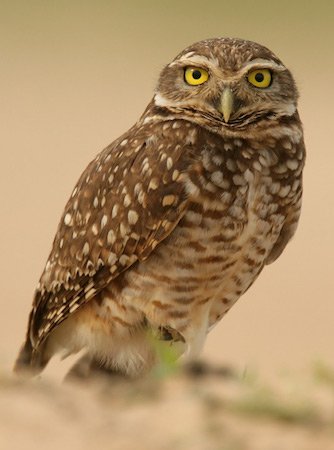San Juan

Birding San Juan
San Juan is a province of Argentina, located in the western part of the country. The neighbouring provinces are, moving clockwise from the north, La Rioja, San Luis and Mendoza. It borders Chile on the west.The province has an area of 89,651 sq km, within which there are mountainous areas with little vegetation, fertile oases, turbulent rivers of melt water, mountain ranges and major mining sites and as well as sites of great paleontological significance.The primary economic activity is agriculture, specifically viticulture, as well as olive oil production and also a good variety of fruit and vegetables. Most comes from fertile valleys irrigated by artificial channels at the foot of the Andes. In recent years there has been much interest in the areas potential for the petroleum industry.
The province is part of the continental semi-desert Cuyo region. The arid plains on the east, with a few low sierras (hills), swiftly turn into 6,000-meter-high mountain peaks towards the west. Both areas are subject to the dry hot Zonda (a kind of foehn wind). Most of the precipitations take place during the summer, often as storms.
The hot wind has modeled the clay-rich red soil into Pampa del Leoncito (Reserva Natural Estricta El Leoncito) and Valle de la Luna (Parque Provincial Ischigualasto) 200 million year old geological formations.The Jáchal and San Juan rivers, both part of Desaguadero River system, are the source of fertile valleys and centre of the province’s economy. The San Juan River finishes in the Huanacache lagoons (sometimes called Guanacache), on the southeast.
-
Wikipedia
GNU Free Documentation License
Information
-
Number of bird species: 332
(As at May 2019)
-
NP Parque Nacional San Guillermo
InformationSatellite ViewThe main reason for setting up the biosphere reserve was to protect vicuñas. Also present in the reserve are the guanaco, the culpeo fox, the Andean mountain cat, the cougar, the southern viscacha, the short-tailed chinchilla, the Darwin's rhea, various ducks and geese, and the Andean condor. -
NP Parque Nacional Talampaya
InformationSatellite View...The park covers an area of 2,150 square kilometres (830 sq mi), at an altitude of 1,500 metres (4,921 ft) above mean sea level. Its purpose is to protect important archaeological and palaeontological sites found in the area. It has landscapes of great beauty, with flora and fauna typical of the mountain biome... -
NP Parque Natural El Leoncito
InformationSatellite View...was created in 1994 as a reserve and became a national park in 2002, in order to protect representative samples of the Central Andean puna and the Southern Andean steppe, as well as historical and paleontological sites (including a portion of the Inca's Way)…
-
Trogon Tours
Tour OperatorTrogon Tours is the official nature travel company of Birding Argentina, the leading birding and nature specialists for southern South America since 2001
